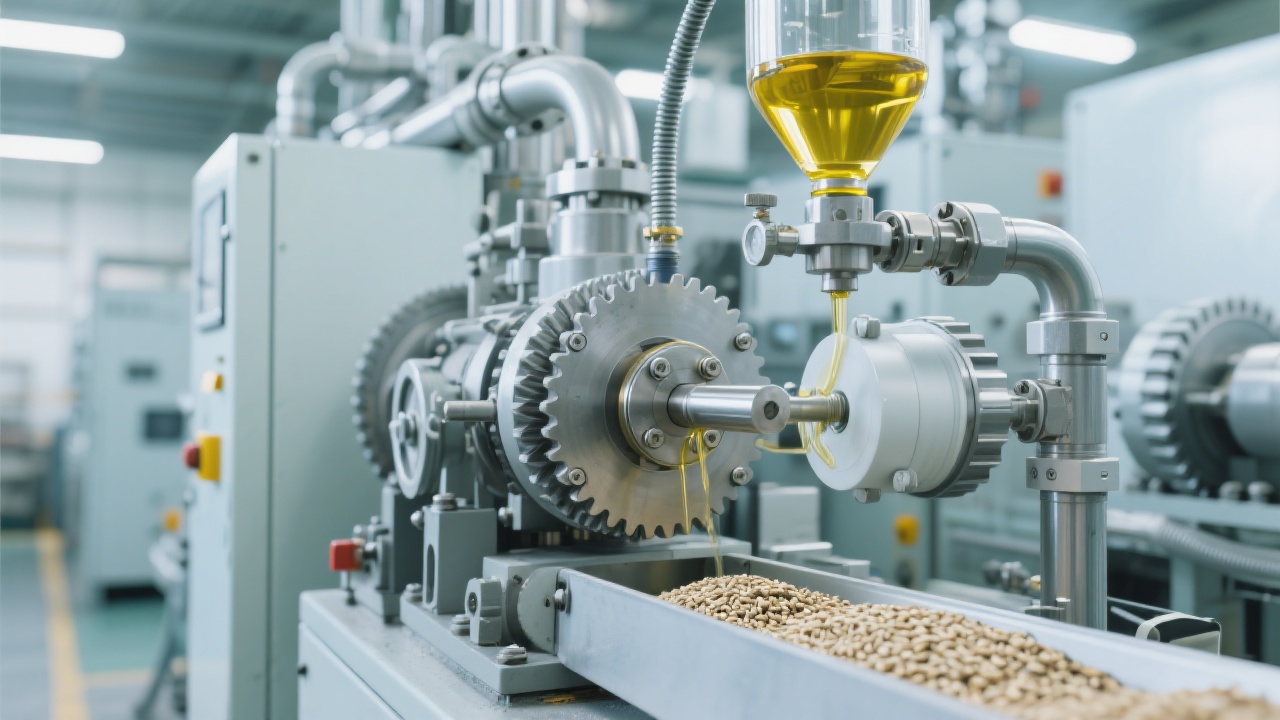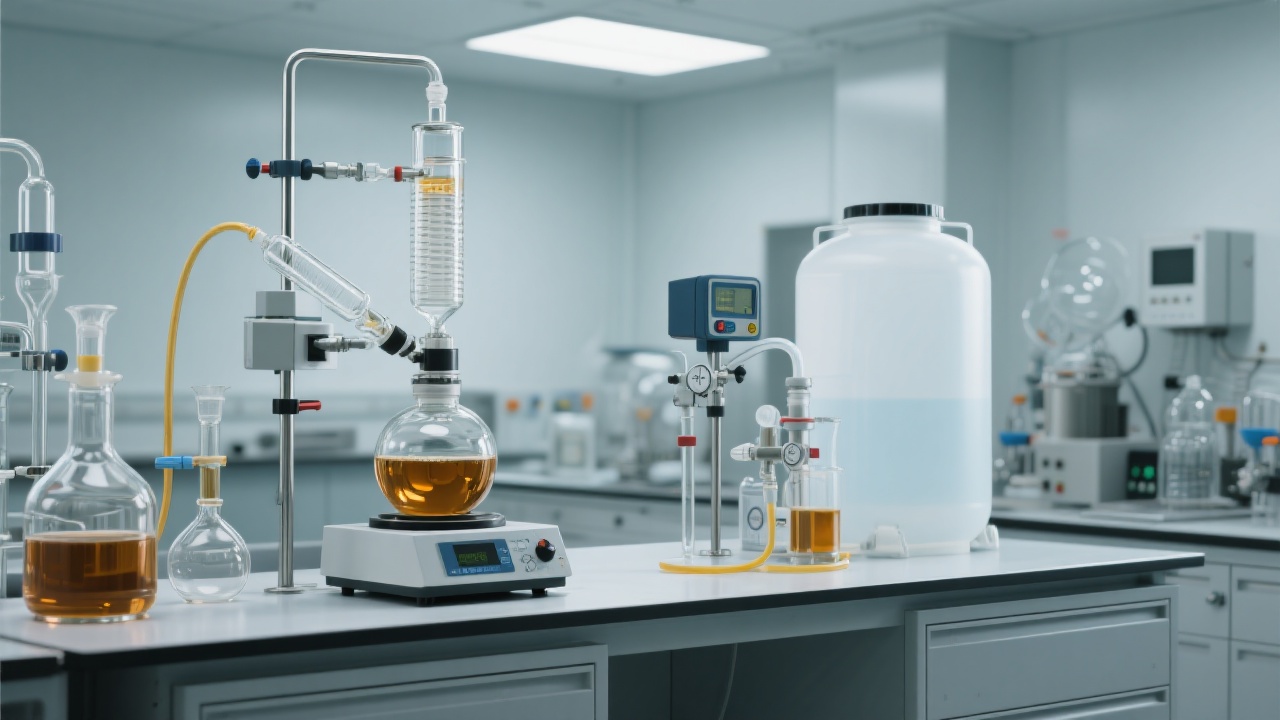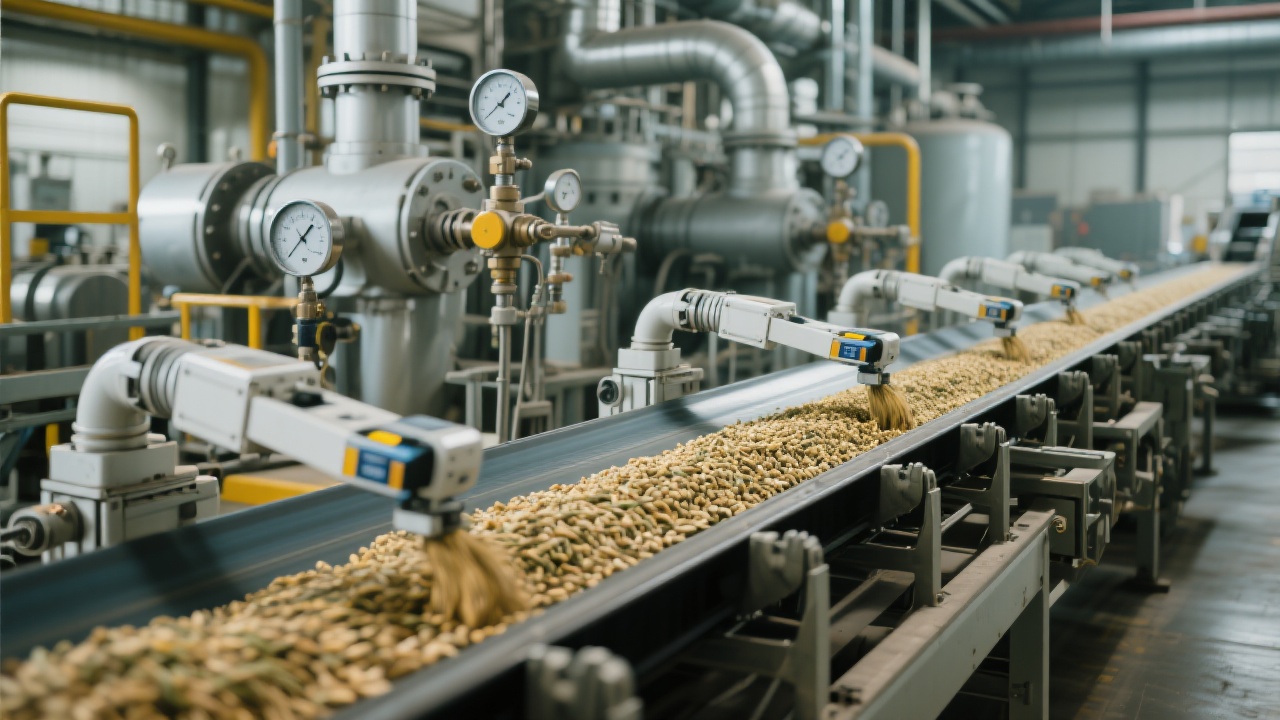
In the edible oil industry, degumming is a crucial step that significantly impacts the quality and consistency of the final product. This article delves into the common misconceptions in edible oil degumming, focusing on how misjudging the endpoint and improper equipment selection can affect product consistency.
The degumming process involves several key variables, including water addition, temperature regulation, stirring intensity, and settling time. According to industry standards, the appropriate water addition for most oils is around 2% - 5% of the oil weight. For example, in the degumming of soybean oil, adding 3% water can effectively remove phosphatides. Temperature also plays a vital role. The optimal temperature for degumming most common oils ranges from 60°C to 80°C. If the temperature is too low, the reaction rate will be slow; if it is too high, it may cause side - reactions and affect the oil quality.
Stirring intensity affects the mixing of water and oil, and thus the degumming efficiency. A moderate stirring speed of about 100 - 200 rpm is generally recommended. Settling time is another critical factor. Usually, a settling time of 2 - 4 hours is needed for the separated gums to settle completely.

Establishing and implementing a Standard Operating Procedure (SOP) is essential to reduce human - operation errors and ensure the consistency of the refined oil quality. A well - defined SOP includes detailed steps for each variable in the degumming process. For instance, in a large - scale edible oil production plant, following an SOP can reduce the deviation of phosphatide content in the refined oil from 5% to less than 1%.
By referring to industry research, it has been proven that companies that strictly follow SOPs can achieve higher production efficiency and better product quality. In a case study of a palm oil refinery, after implementing an SOP for degumming, the production yield increased by 3% and the product quality met the international standards more consistently.
One of the most common misconceptions is misjudging the degumming endpoint. This can lead to under - degumming or over - degumming. Under - degumming leaves a high level of phosphatides in the oil, which may cause the oil to darken and form sediments during storage. Over - degumming, on the other hand, may result in unnecessary loss of neutral oil and increased production costs.
Another misconception is the lack of process adjustment considering raw material differences. Different oilseeds have different phosphatide contents and compositions. For example, sunflower oil has a relatively high phosphatide content. Therefore, a more targeted degumming strategy is required for sunflower oil compared to other oils.
Equipment selection also has a significant impact on the degumming process. Improper equipment may lead to uneven mixing, affecting the degumming efficiency. For example, a mixer with low - power agitation may not be able to fully disperse the water in the oil, resulting in incomplete degumming.

For different types of oilseeds, differentiated degumming strategies should be adopted. For high - phosphatide oils like sunflower oil, a two - step degumming process may be more suitable. First, a small amount of water is added for preliminary degumming, and then a specific degumming agent is used for further treatment.
Online detection technology, such as online conductivity monitoring, has been increasingly used in the degumming process. This technology can continuously monitor the degumming process in real - time, providing accurate data for process control. For example, by monitoring the conductivity of the oil - water mixture, the degumming endpoint can be more accurately determined, reducing the error rate from about 10% to less than 3%.

In conclusion, achieving efficient degumming and consistent product quality requires precise control of the degumming process, the establishment of SOPs, and the adoption of appropriate degumming strategies. Our company offers advanced degumming equipment solutions tailored to different oilseeds and production scales. If you want to improve your edible oil degumming process and enhance your product competitiveness, contact us today for professional technical support!



